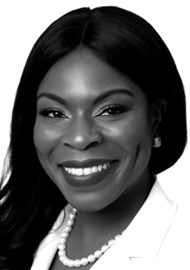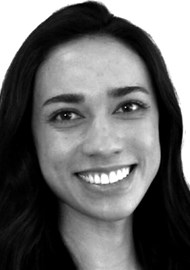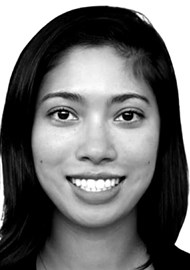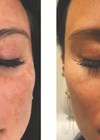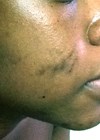I use the Aerolase Neo Elite, which is a 650 microsecond, 1064 NdYag laser, to treat inflammatory acne, post-inflammatory hyperpigmentation, post-inflammatory erythema, and rolling acne scars in skin types I-VI. This laser has revolutionised the way I treat acne in my practice and allows me to provide comprehensive management of acne and acne scarring in all skin types, with absolutely no downtime and no pain.
Patient selection
As an Nd Yag platform, the Aerolase Neo Elite enables physicians to treat concerns over a broad spectrum of chromophores including melanin, haemoglobin and water. Its interaction with the epidermis addresses inflammation, C. acnes bacteria, skin tone and pigment, while its interaction within the dermis addresses excess sebum, vascularity and collagen remodelling [1]. The 650 microsecond pulse duration technology allows the provider to address the three chromophores safely in darker skin types by confining the heat to the selected target while avoiding the surrounding skin [1,2].
The ability of this device to address vascularity in darker skin types is what sets it apart from all other platforms, in my opinion. In my practice, I use the Aerolase Neo Elite in all skin types. I always couple laser treatments with traditional medical management of inflammatory acne. What I have found is that the Neo Elite treatments transform acne that was previously resistant to medical management into a manageable state. After three treatments performed monthly, patients will remain on medical management. In general, most patients can come off all oral antibiotics and remain clear with topical management alone.
Preparation
Patients are allowed to continue all medications during treatment. They are instructed to clean their faces before treatment and pictures are taken by the staff.
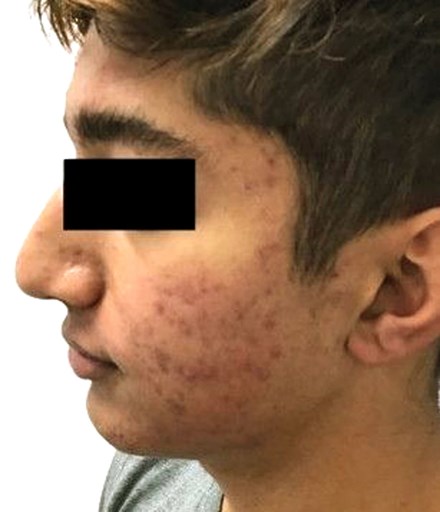
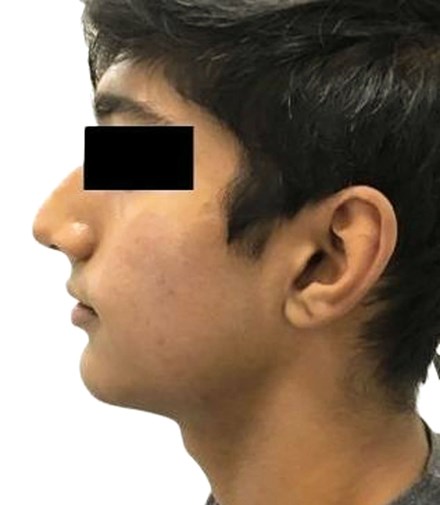
Skin type IV patient before and after four Aerolase Neo Elite acne treatments.
Treatment
In the first part of this treatment protocol, the affected areas are treated in a grid-like pattern. In this skin type IV patient, the following settings were used for the first pass:
- 14 J/cm2, spot size 6, 650-microsecond pulse width, six passes upper face, cheeks.
- 7 J/cm2, spot size 6, 650-microsecond pulse width, six passes for lower face.
In the second part of the treatment protocol, two passes are performed at the longer pulse width. The longer pulse width is more effective for addressing post-inflammatory erythema and for stimulating collagen remodelling. The longer pulse width is also more effective in treating dermal pigment. Prior to adding this platform to my practice, I was unable to treat this type of erythema in skin of colour. The following settings were used for the second pass:
- 21 J/cm2, spot size 6, 1.5 pulse width, two passes.
- 11 J/cm2, spot size 6, 1.5 pulse width, two passes for lower face.
Once the treatment is completed, I inject any stubborn acne cysts with 2.5mg/kg of intralesional Kenalog. In this case, resolution of acne was noted after three monthly treatments. Due to mildly persistent erythema, a fourth treatment was performed. The results shown are after the fourth laser treatment. Of note, this patient has been under my care for several years. He was treated with topicals and orals for months but continued to struggle with troublesome acne. He is one of the first cohorts of patients that were treated with the Aerolase Neo Elite. His skin continues to be clear two years after his treatment. He is maintained on topical benzoyl peroxide in the morning and adapalene 0.3%/BPO 2.5% (Epiduo forte) in the evening. He continues to come into the office every nine months for a maintenance laser treatment.
Aftercare
Directly after laser treatment, moisturiser and mineral-based sunscreen are both applied. Patients can resume their topical and oral medications immediately after treatments. This includes all topical retinoids.
References
1. Kesty K, Goldberg DJ. 650 usec 1064nm Nd:YAG laser treatment of acne: A double-blind randomized control study. J Cosmet Dermatol 2020;19(9):2295-300.
2. Imahiyerobo-Ip JI, Dinulos JG. Changing the topography of acne with topical medications. Current Opinion in Pediatrics 2011;23(1):121-5.
Declaration of competing interests: Joyce Imahiyerobo‑Ip is a clinical investigator for Aerolase.
COMMENTS ARE WELCOME



